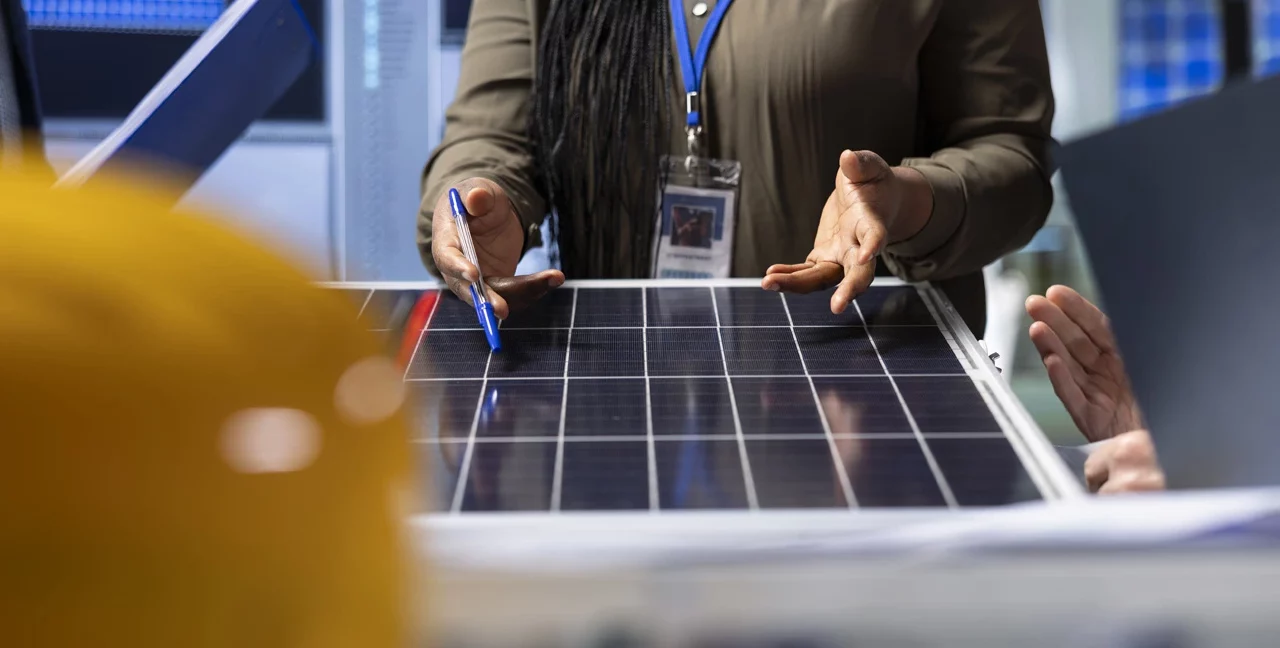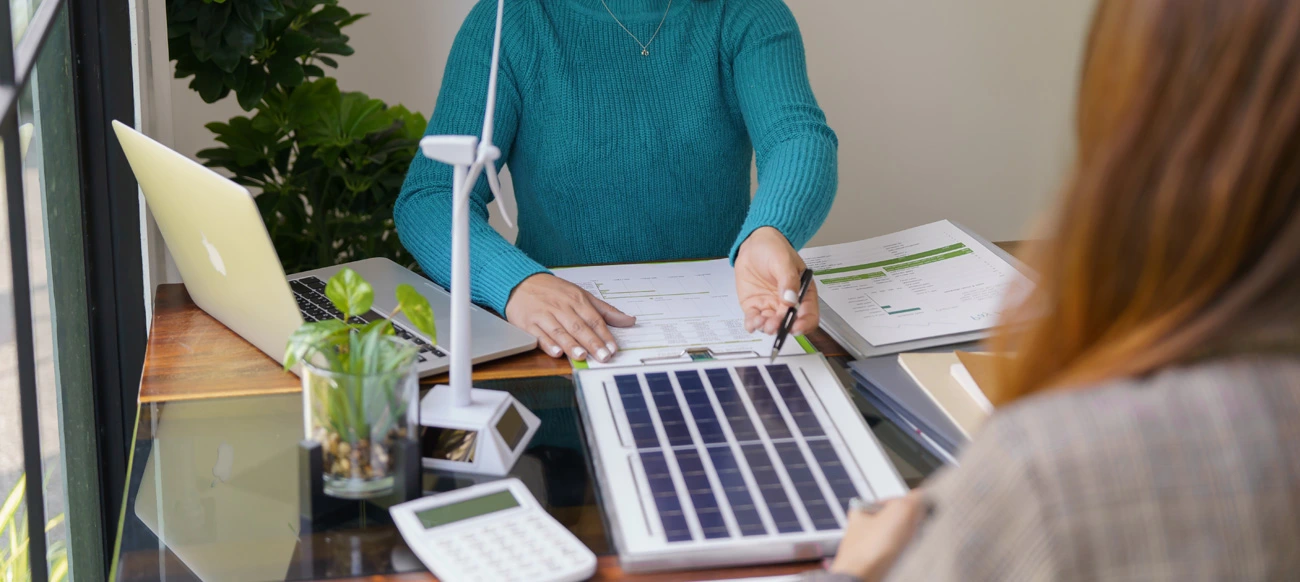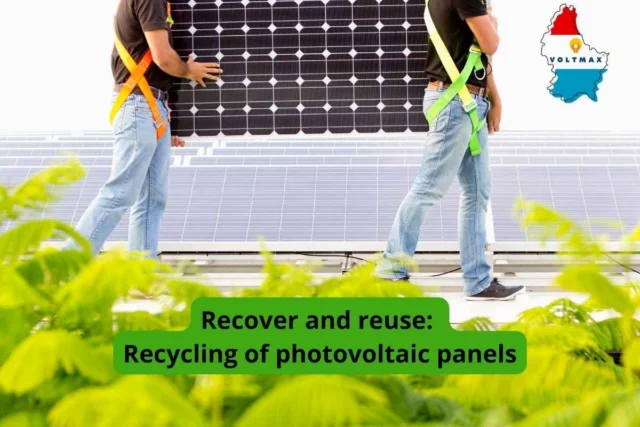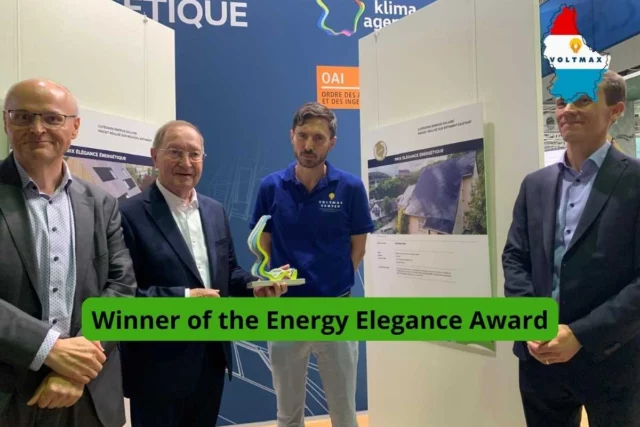
Photovoltaik ist heute fast schon ein Synonym für modernes Bauen. Immer häufiger sehen wir Solarmodule auf den Dächern von Einfamilienhäusern, Gewerbegebäuden und sogar Garagen oder Gartenhäusern. Für die einen ist es der Weg zur Unabhängigkeit von schwankenden Energiepreisen, für die anderen ein bewusster Schritt in Richtung Nachhaltigkeit.
Doch eine Frage stellen sich Immobilienbesitzer zunehmend: Führt die Installation einer PV-Anlage tatsächlich zu einer Wertsteigerung des Hauses? Ist sie nicht nur kurzfristig, sondern auch im Hinblick auf einen künftigen Weiterverkauf eine wirtschaftlich sinnvolle Entscheidung?
Inhaltsübersicht
ToggleEin Haus mit eigener Energie – Kapitalanlage oder unnötiges Extra?
Potenzielle Käufer achten bei der Immobiliensuche nicht nur auf Aussehen und Lage, sondern auch auf die laufenden Betriebskosten. In einer Welt, in der Strompreise über Nacht steigen können, hebt sich ein Haus mit eigener Energieversorgung positiv ab. Das gilt besonders in Luxemburg, wo die Energiepreise zu den höchsten in Westeuropa zählen – hier wird Energieautarkie zu einem starken Verkaufsargument.
Laut Daten von Immobilienagenturen in Deutschland und Frankreich kann eine Immobilie mit PV-Anlage zwischen 3 % und sogar 8 % mehr wert sein als ein vergleichbares Objekt ohne. Eine Studie des Lawrence Berkeley National Laboratory in den USA, in der über 22.000 Transaktionen ausgewertet wurden, zeigt einen durchschnittlichen Wertzuwachs von rund 15.000 US-Dollar bei Häusern mit Solarmodulen.
In Luxemburg, wo Investitionen in erneuerbare Energien zunehmen und Förderungen für PV-Anlagen verfügbar sind, erwarten immer mehr Käufer, dass moderne Häuser mit einer solchen Ausstattung versehen sind. Es ist längst kein Luxus mehr, sondern der neue Standard.
Hartnäckige Mythen halten sich trotzdem
Trotz positiver Daten kursieren weiterhin Zweifel und Vorurteile. Hier die häufigsten Mythen – und was tatsächlich stimmt:
Mythos 1: Solarmodule verschandeln das Dach.
Vor zehn Jahren mag das noch zutreffend gewesen sein. Heute sind Module schlank, modern und optisch ansprechend – einige bilden sogar eine nahtlose Einheit mit dem Dach. Gebäudeintegrierte Photovoltaik (BIPV), die herkömmliche Dachziegel ersetzt, wird immer beliebter. Ästhetik und Funktionalität gehen inzwischen Hand in Hand.
Mythos 2: PV-Anlagen erfordern ständige Wartung.
Moderne Systeme sind nahezu wartungsfrei. Regen spült Staub und Schmutz von selbst ab. In der Regel reichen technische Überprüfungen alle paar Jahre aus, und die Ausfallraten fachgerecht installierter Anlagen sind sehr gering.
Mythos 3: Module verlieren schnell an Leistung.
Auch wenn sich die Technik ständig weiterentwickelt, bedeutet das nicht, dass bestehende Anlagen bald veraltet sind. Die meisten Hersteller garantieren selbst nach 25 Jahren noch 80–90 % der ursprünglichen Leistung. Austausch nach wenigen Jahren ist nicht nötig.
Mythos 4: Käufer interessieren sich nicht für Solaranlagen.
Das ist längst überholt. Das Energiebewusstsein steigt europaweit. Immer mehr Familien, junge Käufer und Investoren achten darauf, ob ein Haus langfristige Einsparpotenziale bietet – und eine PV-Anlage ist dabei ein klarer Pluspunkt.
Der Käufer rechnet – und will Fakten sehen

Für Käufer ist eine PV-Anlage ein greifbarer finanzieller Vorteil. Kaufentscheidungen werden heute rationaler getroffen, und die Betriebskosten sind ein Schlüsselfaktor. Liegen die jährlichen Stromkosten zum Beispiel bei 1.500 Euro und deckt die Anlage 70–80 % des Bedarfs, sind das bis zu 1.200 Euro Ersparnis pro Jahr. Über zehn Jahre summiert sich das auf 12.000 Euro – Geld, das für andere Zwecke genutzt werden kann.
Und das ist nur der Anfang: Moderne Anlagen werden oft mit Batteriespeichern kombiniert, die tagsüber erzeugten Strom für den Abend oder die Nacht speichern. Intelligente Energiemanagementsysteme erlauben es, Verbrauch und Erzeugung präzise zu überwachen und Verluste zu erkennen. Für Käufer bedeutet das nicht nur eine technische Ausstattung, sondern Transparenz und Kontrolle.
Aus verkaufspsychologischer Sicht ist das ein starkes Argument: Statt nur zu behaupten „es ist günstiger“, legt der Verkäufer Daten, alte Stromrechnungen und App-Diagramme vor. Der Käufer muss niemandem glauben – er sieht es selbst. Das wirkt überzeugender als jeder Werbespruch.
Wann wirkt PV wirklich wertsteigernd?
Nicht jede Anlage führt sofort zu einer deutlichen Wertsteigerung. Entscheidend sind bestimmte Faktoren:
- vollständige Dokumentation – Planungsunterlagen, Inbetriebnahmeprotokolle, technische Datenblätter und Wartungsnachweise geben Sicherheit
- renommierter Installateur – bevorzugt lokal ansässig und mit Referenzen
- Integration in weitere Systeme – etwa Wärmepumpe, Lüftung mit Wärmerückgewinnung oder Smart-Home-Funktionen
- hohe Energieeffizienzklasse – in Luxemburg und anderen EU-Ländern ein klarer Wertfaktor
- belegte Einsparungen – Stromrechnungen und Monitoring-Berichte schaffen Vertrauen
In der Welt der Immobilien gibt es nichts Überzeugenderes als handfeste Beweise. Wenn ein Verkäufer Daten vorlegt, anstatt nur zu sagen „Ich glaube schon“, verschafft er sich einen erheblichen Vorteil.
Konkreter Einfluss auf die Verkaufsdauer
Eine PV-Anlage kann den Verkaufsprozess deutlich beschleunigen. Käufer filtern Immobilien zunehmend nach Energiekriterien. Laut Analysen aus Deutschland und Österreich verkaufen sich Häuser mit eigener erneuerbarer Energiequelle im Schnitt 10–15 % schneller. Weniger Zeit auf dem Markt bedeutet weniger laufende Kosten und oft eine bessere Verhandlungsposition.
Das Energiezertifikat als stiller Verbündeter
In Luxemburg ist beim Verkauf ein Energieausweis Pflicht. Er beeinflusst die Kaufentscheidung stärker, als viele denken. Eine PV-Anlage kann die Klasse um ein bis zwei Stufen verbessern – was nicht nur das Image hebt, sondern auch den Preis. Bei einem Haus im Wert von 800.000 Euro kann das 40.000 bis 120.000 Euro Unterschied bedeuten.
PV auf dem Mietmarkt
Auch bei Vermietung ist PV ein Vorteil. Geringere Nebenkosten machen das Angebot attraktiver, und Mieter sind oft bereit, für energieeffiziente Wohnungen mehr zu zahlen. Besonders in „Warmmiete“-Modellen steigt so die Rendite des Eigentümers.
Mehr als Finanzen – ein Signal für die Zukunft

Ein Haus mit PV steht für verantwortungsbewusstes, zukunftsorientiertes Wohnen. Für viele Käufer ist erneuerbare Energie kein Extra, sondern Standard. Zudem passt PV in den Trend zu Energieunabhängigkeit – und kann bald ohnehin gesetzlich verpflichtend werden.
Fazit: Besser haben als nicht haben
Ob Wertsteigerung, kürzere Verkaufsdauer oder bessere Verhandlungsposition – PV bietet handfeste Vorteile. Und darüber hinaus das gute Gefühl, dass das Haus jeden Tag für seinen Besitzer arbeitet, sauberen Strom erzeugt und Kosten senkt.







